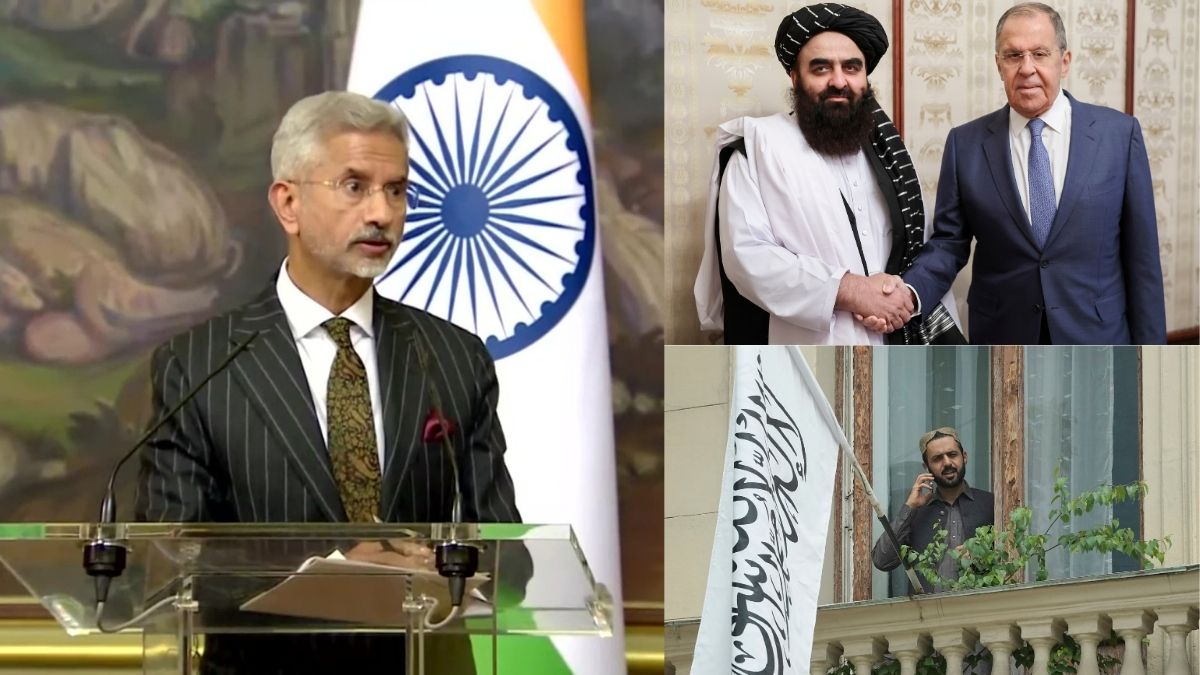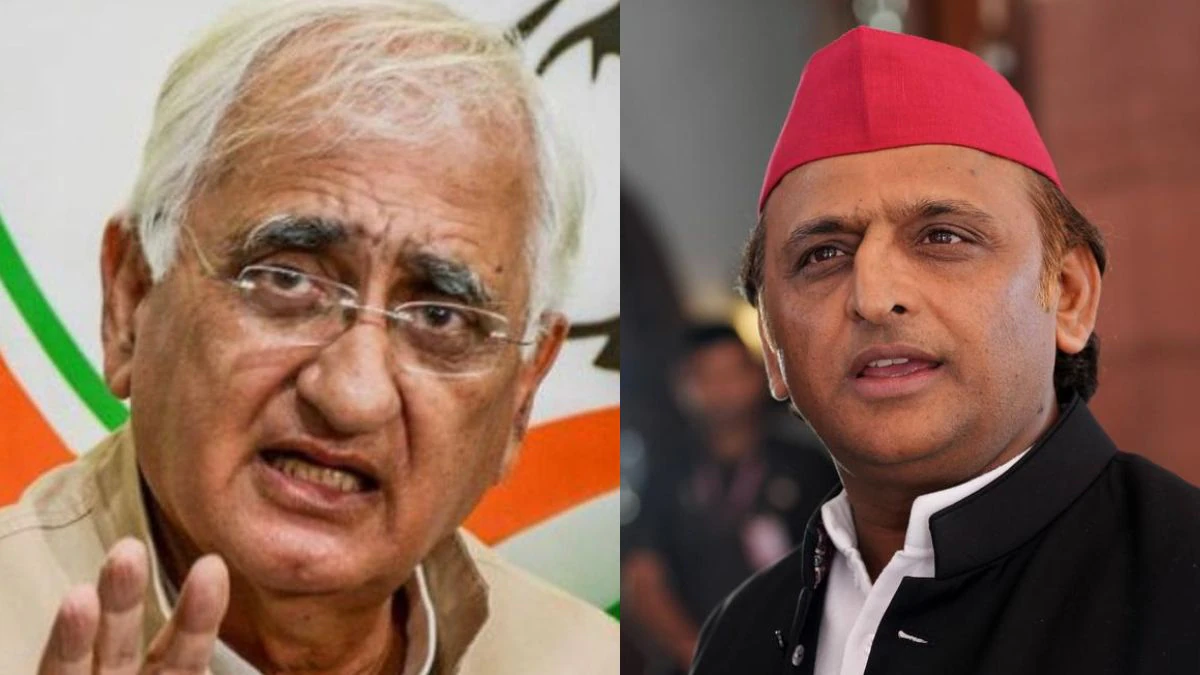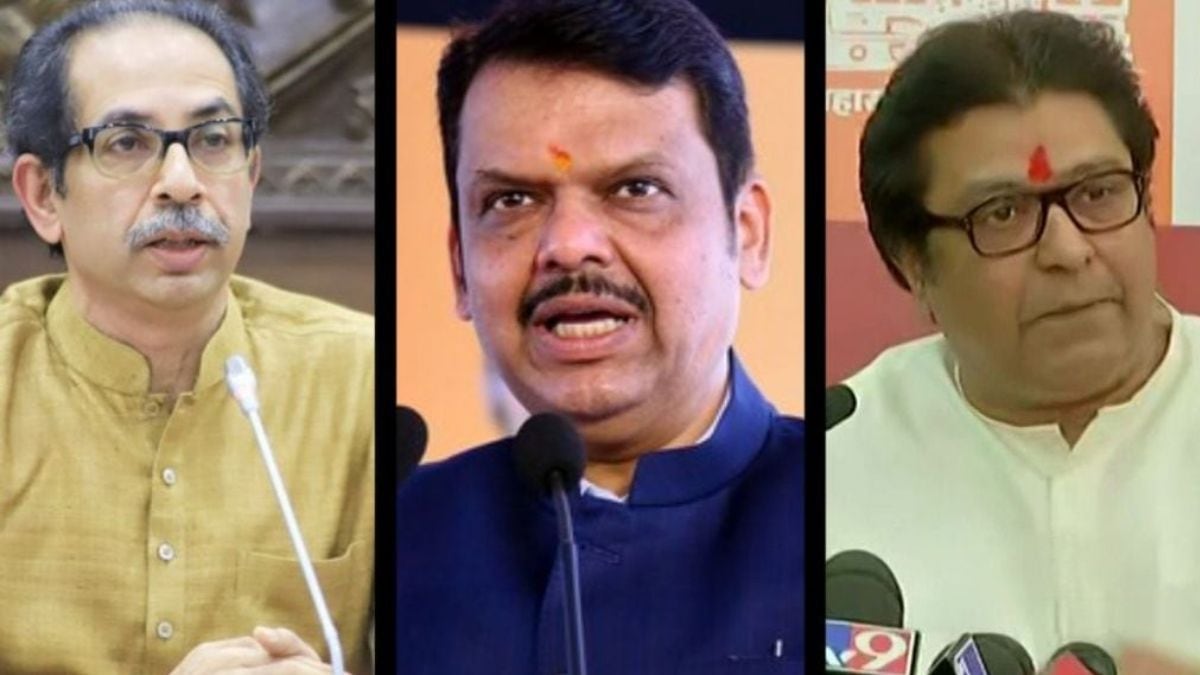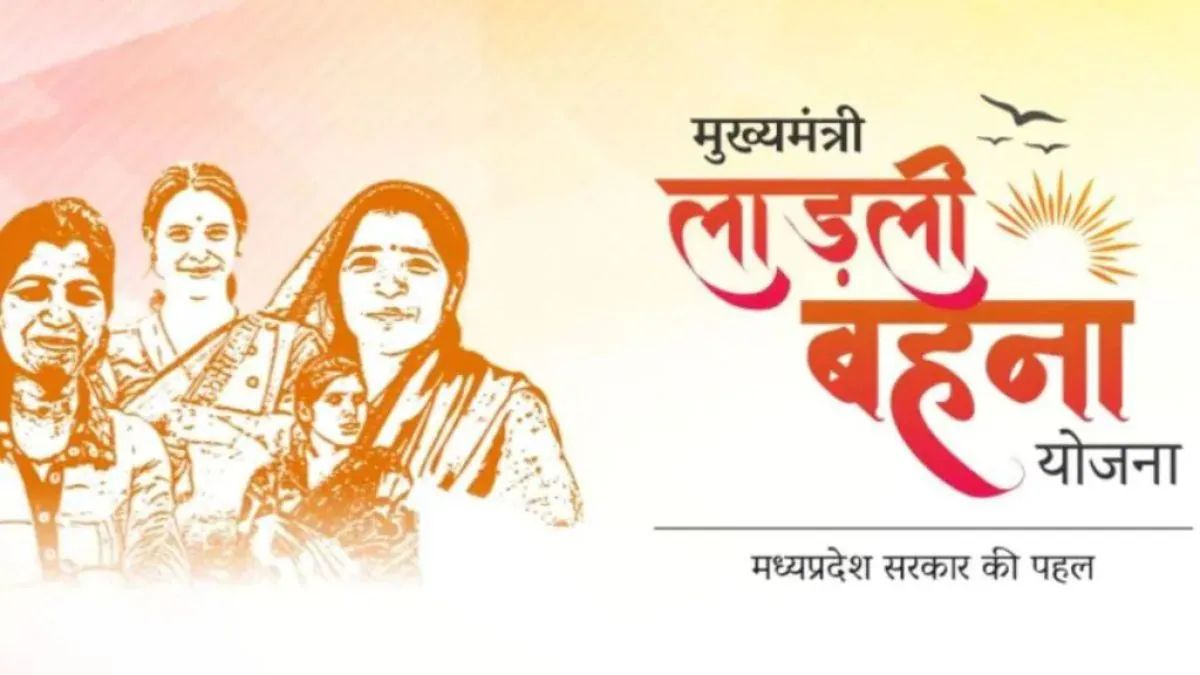India’s economy is projected to grow by 6.6 per cent in 2025, largely driven by strong private consumption and investment, while pressures on the domestic currency are expected to ease, the United Nations World Economic Situation and Prospects (WESP) report released on Thursday said.
The Indian rupee has remained under pressure due to the strengthening US dollar, hitting a lifetime low of 85.93 against the dollar on Thursday. This has contributed to a fall in India’s foreign exchange reserves, which dropped to an eight-month low of $640.28 billion in December.
“In the near term, depreciation pressure on South Asian currencies is expected to ease, as monetary loosening in the United States has increased the attractiveness of both direct and portfolio investments in the region’s economies,” the report stated.
The report also highlighted that easing inflationary pressures across South Asia have allowed most central banks in the region to halt monetary tightening or continue reducing policy rates in 2024.
The RBI has kept its policy rate at 6.5 per cent since February 2023, as inflation risks have persisted. In contrast, Pakistan and Sri Lanka’s central banks have cut their key policy rates to support economic recovery, while Bangladesh has continued its tightening cycle to address inflationary pressures arising from weaker agricultural production, supply chain disruptions, and currency depreciation.
Capex push working
The UN report further said that capital expenditure on infrastructure development is expected to have strong multiplier effects on India’s growth in the coming years. Additionally, robust export growth in services and select goods, particularly pharmaceuticals and electronics, will support economic activity.
“Expansion in the manufacturing and services sectors will continue to drive the economy throughout the forecast period. Meanwhile, favourable monsoon rains in 2024 have improved summer-sowing conditions for all major crops, boosting agricultural output expectations for 2025,” the report added.
Substantial gender gap
Despite progress in female labour market participation in India, the UN report highlighted that substantial gender gaps remain. Labour market indicators remained strong in the second quarter of 2024. Urban unemployment stood at 6.6 per cent during this period, virtually unchanged from the 6.7 per cent rate recorded in 2023. However, the report stressed that significant gender disparities persist in India’s labour market.
Critical minerals
The report also pointed out that India possesses substantial untapped reserves of critical minerals. “Countries such as Brazil (rare earth elements and nickel), Vietnam (bauxite and rare earth elements), the United Republic of Tanzania (graphite), Mexico (copper), and India (rare earth elements) have vast reserves of critical minerals but currently account for only a small share of global production,” the report stated. Mining-dependent economies are in a strong position to leverage these resources, the report concluded. Full report on
www.indianexpress.com
Stay informed with access to our award-winning journalism.
Avoid misinformation with trusted, accurate reporting.
Make smarter decisions with insights that matter.



















